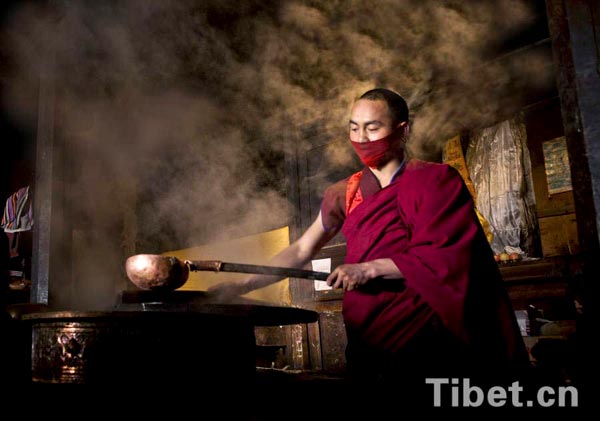Tibetan Butter Tea: The Unique High-Altitude Brew Boosting Energy and Tradition
Introduction to Tibetan Butter Tea
Tibetan butter tea, also known as po cha, is a traditional beverage deeply rooted in the culture and daily life of Tibetans. Unlike typical teas, this unique brew combines strong tea leaves with yak butter and salt, creating a rich, creamy drink that sustains people living in the harsh, high-altitude environment of the Tibetan Plateau.
For centuries, butter tea has been more than just a drink; it is a symbol of hospitality, endurance, and cultural identity. Its distinctive taste and nutritional properties make it an essential part of Tibetan life, especially in regions where the cold climate demands high-energy sustenance.

The Cultural Significance of Butter Tea in Tibet
Butter tea holds a revered place in Tibetan culture, often served during social gatherings, religious ceremonies, and daily meals. It is customary to offer butter tea to guests as a sign of respect and warmth, reflecting the Tibetan values of hospitality and community.
Monasteries and nomadic households alike rely on butter tea to maintain energy levels throughout the day. The preparation and sharing of this tea are intertwined with Tibetan rituals and traditions, making it a cultural cornerstone.
- Hospitality: Offering butter tea is a traditional gesture of welcome.
- Religious Practices: Used in rituals and offerings in Buddhist monasteries.
- Social Bonding: Shared during family gatherings and festivals.

How Tibetan Butter Tea Is Made
The preparation of Tibetan butter tea is a meticulous process that balances flavor and nutrition. The key ingredients include strong black tea leaves, salted yak butter, and sometimes a pinch of salt. The tea is brewed strong, then churned vigorously with the butter and salt to create a frothy, creamy texture.
Traditional preparation involves a special churn called a chandong, which helps emulsify the butter into the tea. This process not only enhances the flavor but also ensures the drink provides sustained energy and warmth.
| Ingredient | Purpose | Typical Quantity |
|---|---|---|
| Strong black tea leaves | Base flavor and caffeine content | 2-3 teaspoons per cup |
| Yak butter (or cow butter) | Richness, calories, and energy | 1-2 tablespoons per cup |
| Salt | Flavor enhancer and electrolyte balance | Pinch to taste |
| Water | Brewing medium | 1 cup |

Health Benefits and Energy Boosting Properties
Living at high altitudes requires a diet that supports endurance, warmth, and energy. Tibetan butter tea meets these needs through its unique composition:
- High-Calorie Content: The butter provides essential fats that help maintain body heat and energy reserves.
- Hydration and Electrolytes: Salt in the tea helps replenish electrolytes lost through perspiration and altitude stress.
- Caffeine Boost: The strong black tea offers a mild stimulant effect, improving alertness and focus.
Moreover, the fats in butter tea are believed to aid in digestion and provide a slow-release energy source, which is crucial for nomadic lifestyles and physically demanding activities in cold climates.

How to Enjoy Tibetan Butter Tea Outside Tibet
With growing global interest in traditional and functional beverages, Tibetan butter tea has found enthusiasts worldwide. Making authentic butter tea at home is possible with a few key ingredients and tools, many of which can be sourced online or at specialty stores.
For those interested in trying butter tea, here are some tips:
- Ingredients: Use strong black tea (like Assam), unsalted butter or yak butter if available, and a pinch of salt.
- Preparation: Brew the tea strong, then blend with butter and salt using a blender or a traditional churn to achieve the creamy texture.
- Serving: Serve hot in small cups, ideally with Tibetan snacks like tsampa (roasted barley flour).
Many tea shops and cultural centers offer butter tea tastings, providing an authentic experience. Additionally, apps like TeaTime or Yogi Tea can guide you through recipes and sourcing ingredients.

May each sip of this rich, warming tea carry you closer to the heart of Tibetan culture and the strength of its mountains.
-Hot Water
Comments
Post a Comment